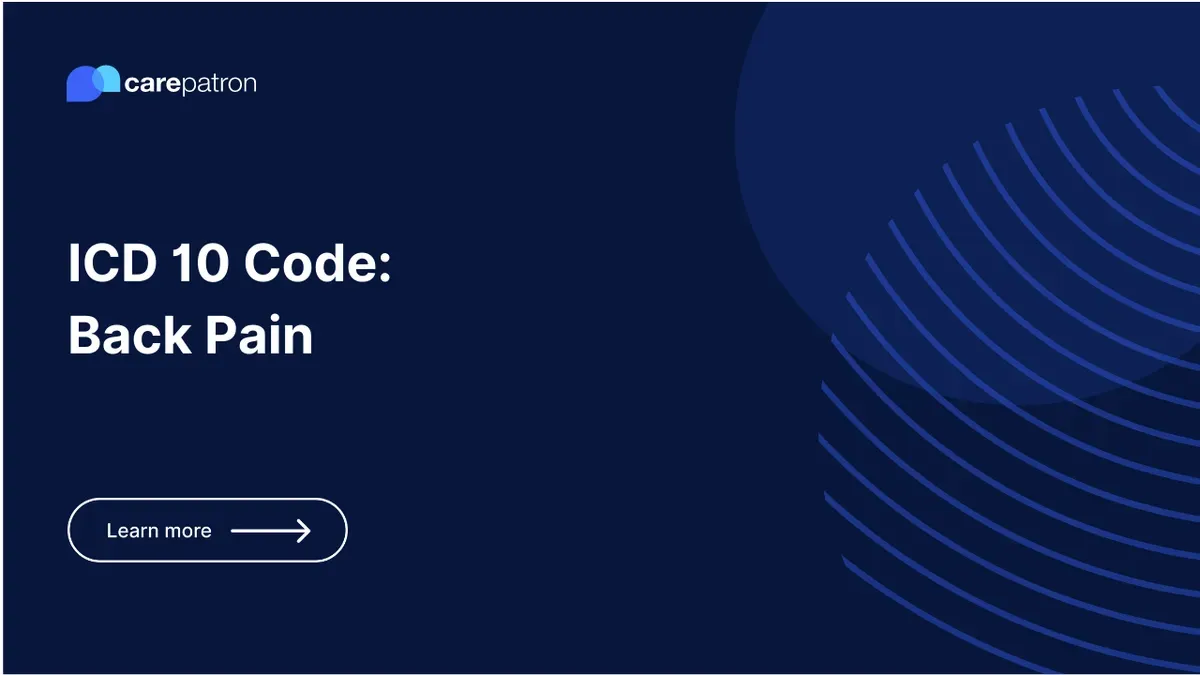
Back Pain ICD-10-CM Codes | 2023
Discover the commonly used ICD-10 codes for diagnosing back pain, their clinical descriptions, billability, and synonyms.
Use Code
Commonly asked questions
A Back Pain ICD code is used when a healthcare provider diagnoses a patient with back pain. These codes are used for documenting the specific type of back pain in the patient's medical record and for billing purposes. They provide a standardized language for clear communication between doctors, patients, and insurance companies.
Yes, Back Pain diagnosis codes are typically billable. This means they can be used in a reimbursement claim to an insurance company. However, the specifics of what is covered can vary based on the patient's insurance plan and the exact nature of their condition. Always check with the specific insurer or a medical billing professional when determining which codes are billable for a particular case.
Treatment for back pain varies depending on the specific diagnosis. Common treatments may include physical therapy, medication, lifestyle changes like exercise and improved posture, and in some cases, surgery. For example, radiculopathy (codes M54.16, M54.31, and M54.32) often require physical therapy or surgery, while unspecified low back pain (code M54.50) might be treated with pain relievers and rest.
EHR and practice management software
Get started for free
*No credit card required
Free
$0/usd
Unlimited clients
Telehealth
1GB of storage
Client portal text
Automated billing and online payments
